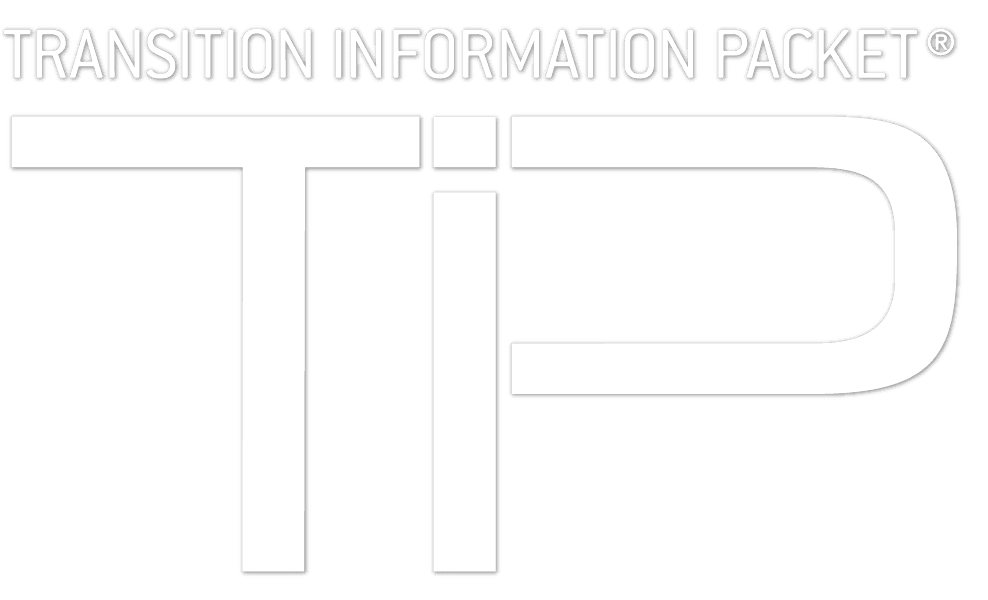When we think about next generation technology and innovation many of us think about advances in computing, medical devices, miniaturization of electronics, and more, but what is truly powering that innovation? While the power and electric grid has changed over time, many energy experts believe that the grid was not designed for today’s requirements and will demand next-generation grid technologies. This disconnect is attributed to fundamental changes in both supply-side and demand-side technologies. The advent of new energy systems and sources has shifted power generation away from large synchronous generators to smaller units and variable energy resources while the number of distributed energy resources and use of electronic converters in buildings, industrial equipment, and consumer devices is increasing. In addition to these fundamental changes in power supply and demand, increasing risks posed by extreme weather events, cyber threats, and physical attacks present new challenges with system security, reliability, and resilience.
The Smart Grid is one piece of grid modernization efforts, according to reports, smart grid technology is growing steadily with the global market expected to triple in size to approximately $61 billion U.S. dollars between 2017 and 2023. MarketsandMarkets covers various segments of the growing and evolving market for smart grid technologies ranging from smart transformers and meter management to grid networking, communication, and software. We’ve pulled together a few figures from some of our favorite databases that may be helpful as you explore the markets for technologies enabling grid transformation and modernization efforts.
In terms of distribution technologies, transformers are commonplace, but the introduction of smart monitoring systems will play a crucial role in this evolving landscape – the global smart transformers market was valued at $1.25 billion in 2016 and is projected to reach $2.43 billion by 2022, at a compound annual growth rate (CAGR) of 10.54%, from 2017 to 2022. While the digitalization of utilities is expected to boost the demand for smart transformers, the high equipment cost is seen as a major restraint. The high adoption of broadband power line communication devices in the indoor networking application area is one of the major driving factors for the power line communication market, which was valued at $5.5 billion in 2017 and is forecast to grown to $9.5 billion by 2023, at a CAGR of 9.5%. Furthermore, growing government policies and legislative mandates for smart meters, the need for grid reliability, and the need for accurate utility bill generation are driving the global meter data management system market which is projected to be a $428 million market by 2023.
While these advancements in the deployment and reliability of smart grid systems may help answer power supply and demand issues at a grid-scale, they also give rise to concerns of security. These concerns touch every part of the system ranging from customer privacy to infrastructure security and vulnerability. BCC Research explores these concerns and helps to size the market for smart grid security which was valued at $4.45 billion in 2016 and is forecast to reach $11.06 billion by 2025, growing at a CAGR of 10.65% from 2017 to 2025. The overarching goals of smart gird security solutions explored by BCC Research and other groups include: system vulnerability to physical attack or cyber attack, operating resiliency against security disruptions, secure access and data privacy for smart grid information, optimized network reliability, computing, and operational support for grid communications, and establishment of a framework for compliance.
Fittingly, November is Critical Infrastructure Security and Resilience (CISR) Month, the Department of Energy Office of Electricity (OE) plays a crucial role in the development of enabling technologies and initiatives and provides an extensive look at its activities with smart grid development on its website. Looking past November, 2020 offers many opportunities to learn more about smart grid and critical infrastructure technologies – the Innovative Smart Grid Technologies (ISGT 2020) is sponsored by the IEEE Power & Energy Society (PES), and will be held February 17-20, 2020 at the Grand Hyatt Washington, Washington D.C.



